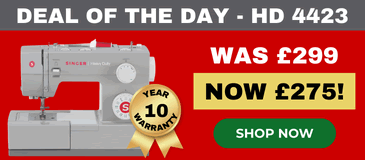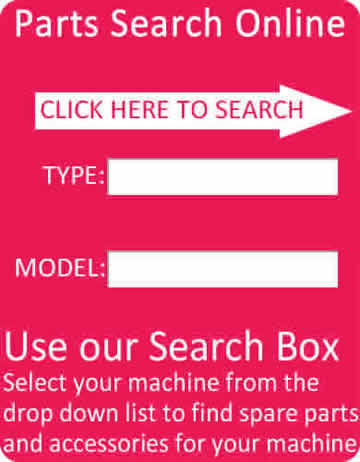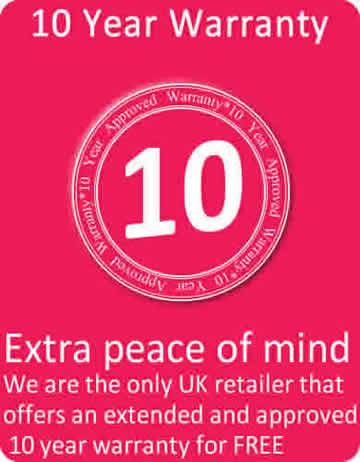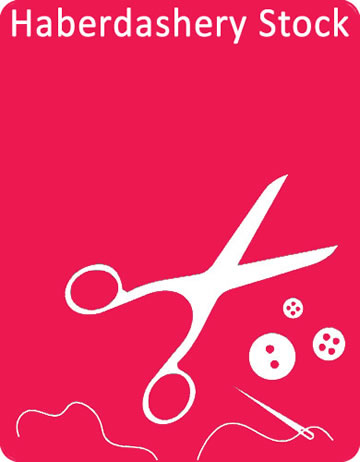We use cookies to make your experience better. To comply with the new e-Privacy directive, we need to ask for your consent to set the cookies. Learn more.
Which functions do I need to consider when looking to buy a sewing machine?
Essential Functions to Consider When Buying a Sewing Machine
When purchasing a sewing machine, it’s important to evaluate several key features to ensure the machine meets your specific needs. Whether you're a beginner or an experienced sewist, understanding what each function offers will help you make the right choice for your sewing projects.
Stitch Options – Variety is Key
A wide range of stitches can significantly enhance your sewing experience. Here are some key stitch types to consider:
- Basic Stitches: A straight stitch, zigzag stitch, and buttonhole stitch are essential for a variety of general sewing projects.
- Decorative Stitches: Perfect for adding unique details to your garments or quilting projects. Look for a machine that offers a variety of decorative and embroidery stitches.
- Adjustable Stitch Length and Width: This feature allows you to control the size of your stitches, giving you the flexibility to work with different fabrics and styles.
- Reverse Stitch: A reverse stitch function helps you lock in your stitches at the start and end of seams, ensuring durability and preventing unraveling.
Convenient Features for Effortless Sewing
Look for a sewing machine that offers convenient features to make your sewing process faster and more enjoyable.
- Built-in Needle Threader: A needle threader eliminates the hassle of manually threading needles, making it ideal for those with vision or dexterity challenges.
- Automatic Buttonholes: Machines with a one-step or auto-sizing buttonhole feature make creating perfect buttonholes simple, efficient, and consistent.
- Speed Control: Adjustable speed control allows you to sew at a comfortable pace, making it perfect for beginners or intricate work that requires precision.
- Twin Needle Capability: A twin needle option allows you to create parallel stitches, useful for topstitching or creating a faux cover stitch on hems and seams.
Presser Feet and Their Functions
Different types of presser feet offer specialized functions for various sewing tasks. Consider these options:
- Multipurpose Presser Foot: Ideal for general zigzag sewing, allowing versatility for a variety of fabrics.
- Zipper Foot: Essential for sewing zippers, ensuring accurate stitching close to the zipper teeth.
- Walking Foot: Great for quilting or sewing through thick layers, as it helps evenly feed fabric through the machine.
- Blind Hem Foot: Creates invisible hems, ideal for professional-looking garment finishing.
- Ruffler Foot: Adds pleats to fabric automatically, making it perfect for creating pleated skirts or dresses.
- Binder Foot: Quickly adds bias binding to edges, perfect for finishing raw edges or adding decorative trims.
Specialized Functions for Seamless Sewing
These features make your sewing experience more precise and versatile, especially for more advanced techniques:
- Drop Feed: Ideal for free-motion sewing, which is essential for quilting or embroidery projects.
- Free Arm: The free arm feature allows you to sew small, tubular items like sleeves, cuffs, and pant legs, making it more versatile for a wide range of sewing projects.
- Needle Position Adjustment: The ability to move the needle to the left, right, or center provides more precision when topstitching or creating hems.
- Heavy-Duty Capabilities: If you plan to sew through thick fabrics like denim, canvas, or upholstery, look for a machine with a strong motor and the capability to sew multiple layers with ease.
Quilting Features and Workspace
For quilters, certain features can improve the ease and efficiency of your sewing process:
- Extended Workspace: Machines with larger workspaces or included extension tables are great for quilting large pieces of fabric.
- Quilting Stitches: Specialized quilting stitches, such as patchwork or faux hand-sewn stitches, make joining fabric layers easier.
- Walking Foot: A walking foot is essential for quilting as it feeds the quilt layers evenly, preventing shifting or puckering.
Portability and Weight
If you plan to transport your sewing machine to classes or workshops, consider its weight and portability. Look for compact models that are lightweight yet durable for easy transport.
Computerized vs. Mechanical Machines
Understanding the difference between computerized and mechanical sewing machines will help you decide which type is best for your needs:
- Mechanical Machines: These are typically more affordable and durable, with manual controls that are easy to operate and maintain.
- Computerized Machines: These offer advanced features like stitch memory, automatic tension adjustment, LCD displays, and pre-programmed stitches, making them ideal for those who need versatility and ease of use.
Additional Features to Enhance Your Sewing Experience
- Thread Tension Adjustment: A machine with easily adjustable or automatic tension controls ensures balanced stitches, preventing issues like puckering or uneven stitching.
- LED Lighting: Adequate lighting around the needle and foot area is essential for precision, especially when working with dark fabrics or intricate patterns.
- Accessories and Attachments: Some machines come with a variety of accessories such as extra bobbins, needles, seam rippers, and specialized presser feet for different sewing tasks.
- Number and Type of Buttonhole: More advanced machines offer multiple buttonhole styles, including one-step automatic buttonholes for quicker, neater results.
- Warranty and After-Sales Care: Ensure the machine has a solid warranty and access to reliable customer service or repair centers to protect your investment.
Budget Considerations
When purchasing a sewing machine, it's important to balance the features you need with your budget. Higher-end models come with advanced features but at a higher cost. Determine which features are most important for your sewing needs and choose a machine that offers the best value for your money.
Conclusion – Choose the Best Sewing Machine for Your Needs
By considering these important features and functions, you can choose the perfect sewing machine that matches your skill level, sewing style, and project requirements. Whether you're a beginner looking for simplicity or an advanced sewist seeking a high-tech machine with all the bells and whistles, the right sewing machine will make your creative projects easier and more enjoyable.










